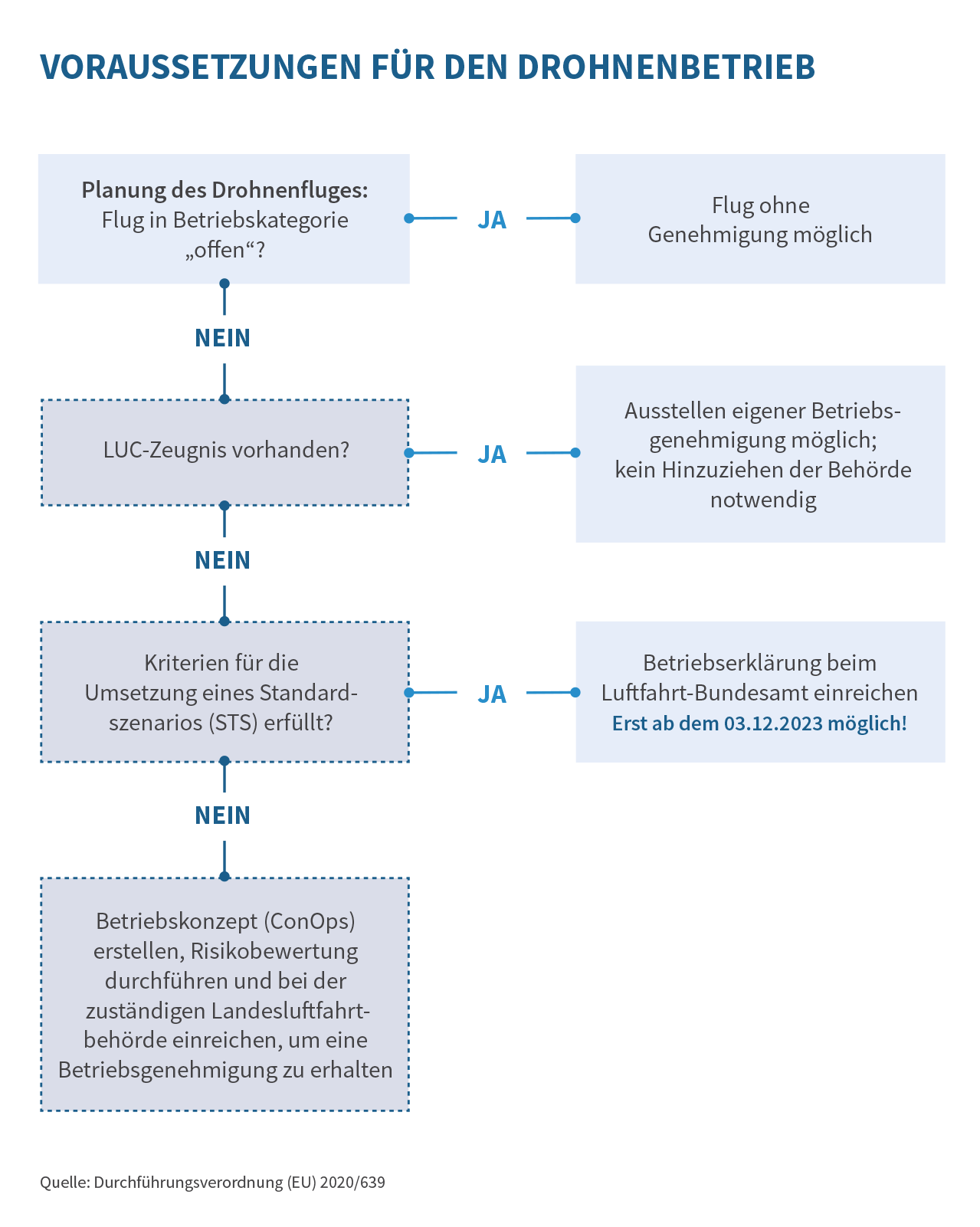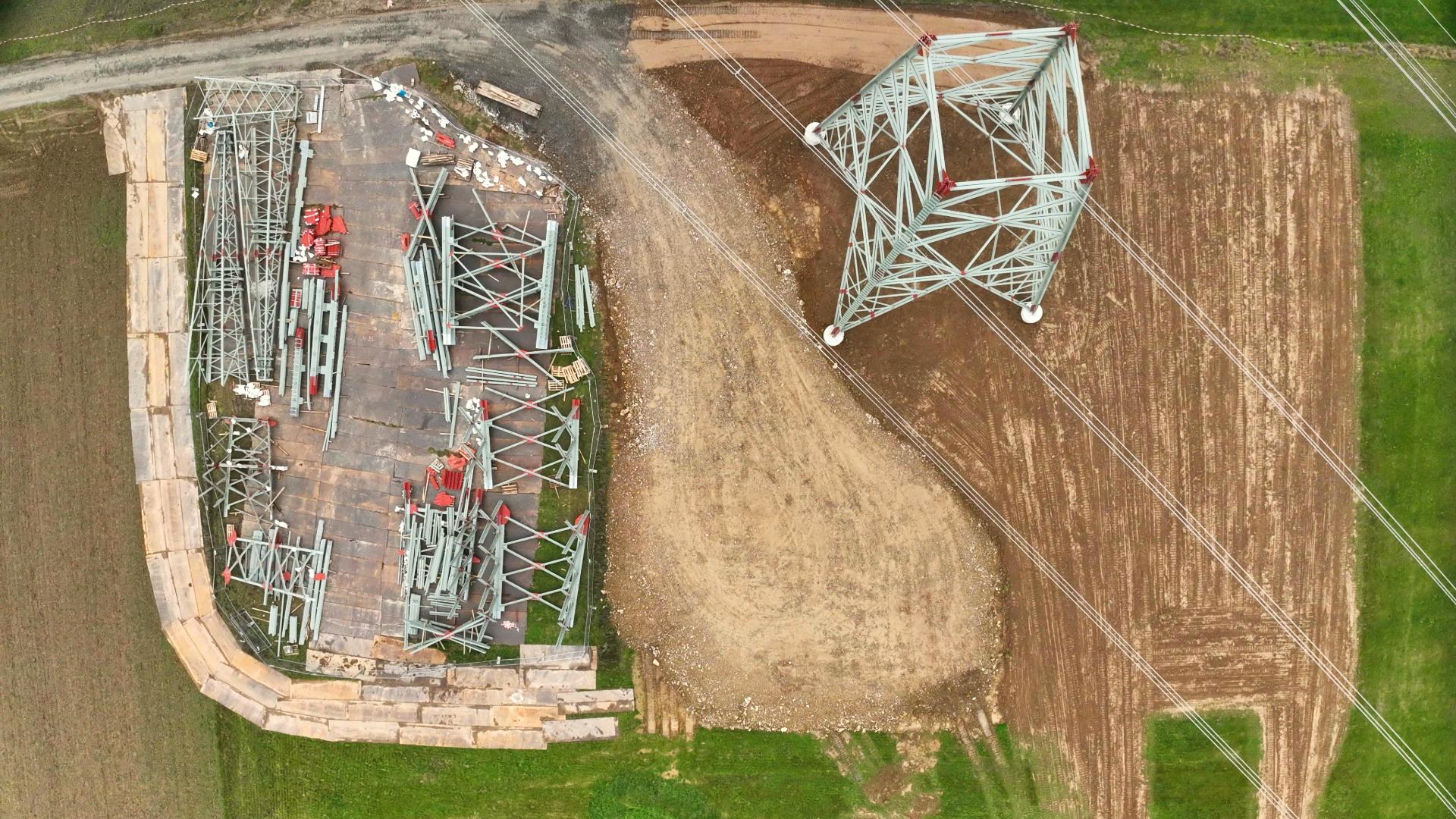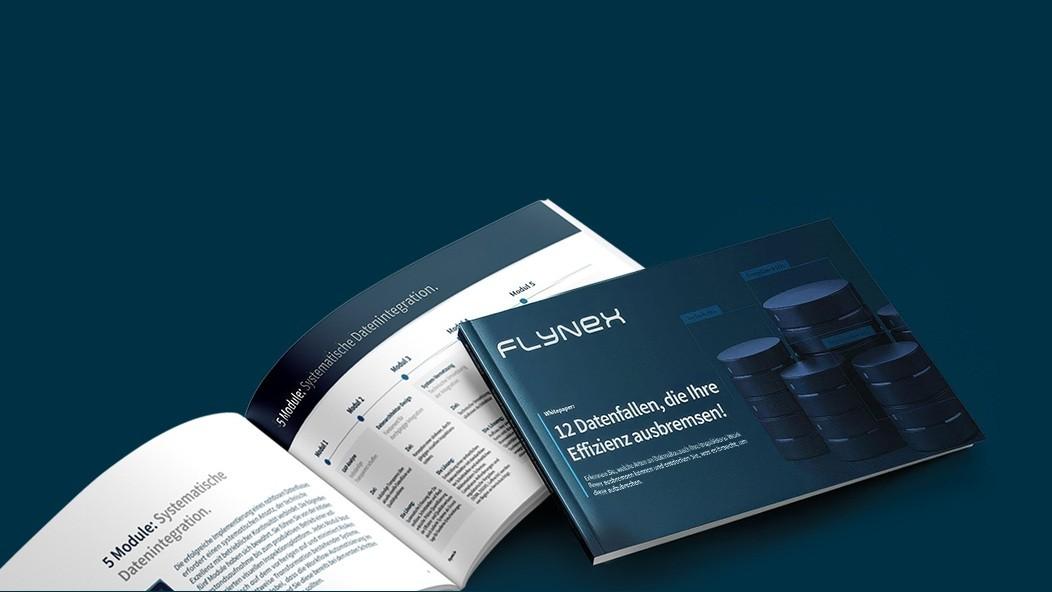Wenn Sie als Unternehmen einen Einsatz mit Drohnen planen, ist es i. d. R. notwendig eine Genehmigung für den Aufstieg einzuholen. In erster Linie hängt das davon ab, in welcher Betriebskategorie der Drohnenflug stattfinden wird. Es gilt nämlich: Ein Flug, der sich nicht in der Betriebskategorie „offen“ definieren lässt, fällt in die risikoreichere und erlaubnispflichtige Kategorie „speziell“. Dies wäre zum Beispiel der Fall, wenn eine 5 kg schwere Drohne über 120 m oder näher als 150 m an Wohn- oder Industriegebieten geflogen werden soll.
In der Kategorie „speziell“ wird eine Aufstiegsgenehmigung benötigt, die in Form einer Betriebserklärung, Betriebsgenehmigung oder eines Betreiberzeugnis beantragt werden kann. Die folgende Grafik zeigt die Voraussetzungen für die verschiedenen Genehmigungsverfahren und -möglichkeiten.

Zu jedem Verfahren werden wir einen eigenen Artikel auf unserem Blog veröffentlichen.
Zu beachten ist dabei, dass es aufgrund der neuen EU-Drohnenverordnung und der erst kürzlich angepassten Luftfahrtgesetze in Deutschland noch Übergangsregelungen gibt. Diese werden wir zum Abschluss der Blogserie nochmal aufgreifen und zusammenfassen.
Starten werden wir in diesem Teil zunächst mit der Betriebserklärung, dem einfachsten Weg eine Genehmigung zu erhalten, wenn die entsprechenden Bedingungen erfüllt sind.
Die Betriebserklärung
Die Betriebserklärung ist eine schriftliche Erklärung darüber, dass sich der Flug zwar in der Betriebskategorie „speziell“ befindet, allerdings nur ein minimal erhöhtes Risiko birgt. Hier kann sich auf ein vordefiniertes Standardszenario (STS) berufen werden.
Eine Erklärung über den UAS-Betrieb reicht aus, wenn folgende Kriterien unter Einhaltung der STS erfüllt sind:
Der Pilot fliegt mit einem C-klassifizierten UAV mit einer maximalen charakteristischen Abmessung (z. B. Durchmesser) von
- bis zu 3 m in VLOS über einem kontrollierten Bereich am Boden, nicht über Menschenansammlungen,
- bis zu 1 m in VLOS, jedoch nicht über Menschenansammlungen,
- bis zu 1 m in BVLOS, über dünn besiedelten Gebieten,
- bis zu 3 m in BVLOS, über einem kontrollierten Bereich am Boden,
unter 120 m Höhe und in einem unkontrollierten oder einem kontrollierten Luftraum.
Die Standardszenarien
Die STS sollen den Aufwand für die Behörden bei Genehmigungsverfahren senken und die meisten Anwendungsfälle abdecken.
Deutschland hat momentan zwei STS (nach Anlage 1 der Durchführungsverordnung (EU) 2020/639) definiert, die voraussichtlich ab dem 03.12.2023 gelten:
STS-01 für C5-Drohnen
- VLOS (Visual Line of Sight)
- Kontrollierter Bodenbereich (Flugzone, Notfallzone, Pufferzone)
- Fernpilotenzeugnis benötigt + praktisches Training für STS1
- Luftraum: Kontrolliert oder unkontrolliert mit geringem Risiko der Begegnung mit einem bemannten Luftfahrzeug
- Maximale Flughöhe: 120 m
- Maximale Geschwindigkeit: 5 m/s
STS-02 für C6-Drohnen
- BVLOS (Beyond Visual Line of Sight, max. 1 km horizontale Entfernung)
- EVLOS (Extended Visual Line of Sight, max. 2 km horizontale Entfernung)
- Fernpilotenzeugnis benötigt + praktisches Training für STS1 + STS2
- Luftraum: Kontrolliert oder unkontrolliert mit geringem Risiko der Begegnung mit einem bemannten Luftfahrzeug
- Maximale Flughöhe: 120 m
- Maximale Geschwindigkeit: 50 m/s
Es ist davon auszugehen, dass noch mehr STS definiert werden.
WIE REICHE ICH DIE ERKLÄRUNG EIN?
Die Erklärung wird beim Luftfahrt-Bundesamt (LBA) eingereicht (erst ab dem 03.12.2023 möglich). Eine Vorlage für die Betriebserklärung kann Anlage 2 der Durchführungsverordnung (EU) 2020/639 entnommen werden.
Zusätzlich ist noch ein Betriebshandbuch, oder auch Betriebskonzept genannt, erforderlich. In diesem sind die Einhaltung der Anforderungen erklärt und Anweisungen für das beteiligte Personal definiert. Daneben muss das Betriebskonzept eine Beschreibung der Organisation, Sicherheitsmaßnahmen und alle Details zum Flug sowie den Flugraum enthalten. Einen vollständigen Anforderungskatalog finden Sie in Anlage 5 der DVO. Es ist sehr hilfreich im ersten Schritt der Flugplanung ein grobes Betriebskonzept zu erstellen, da aus diesem ersichtlich wird, ob nach einem Standardszenario geflogen werden kann oder nicht.
Laut Anlage 1 der DVO muss außerdem noch eine praktische, STS-spezifische Zusatzprüfung absolviert werden und der Nachweis darüber (neben dem Fernpilotenzeugnis) mit eingereicht werden. Unterschieden wird dabei auch zwischen einem Training für STS-01 und für STS-02. Wo die Prüfung abgelegt werden kann, ist noch nicht abschließend geklärt. Allerdings ist davon auszugehen, dass das LBA zu den einzureichenden Dokumenten und Voraussetzungen für die Betriebserklärung zeitnah noch ausführlichere Informationen bereitstellen wird.
Nachdem das LBA Ihre Unterlagen geprüft hat, erhalten Sie eine schriftliche Bestätigung als Erlaubnis für den Drohnenbetrieb. Diese ist beim Einsatz unbedingt mitzuführen.
Die Betriebserklärung muss enthalten:
Wer vor Dezember 2023 in der Kategorie „speziell“ fliegen möchte, muss vorerst auf andere Genehmigungsverfahren ausweichen.
Im nächsten Artikel behandeln wir das Thema Betriebskonzepte (ConOps). Das Einreichen eines Betriebskonzeptes ist im Gegensatz zur Betriebserklärung derzeit schon möglich und weit verbreitet, wenn es um gewerbliche Drohneneinsätze geht.
Wir wünschen gute Flüge,
Ihr FlyNex Team







